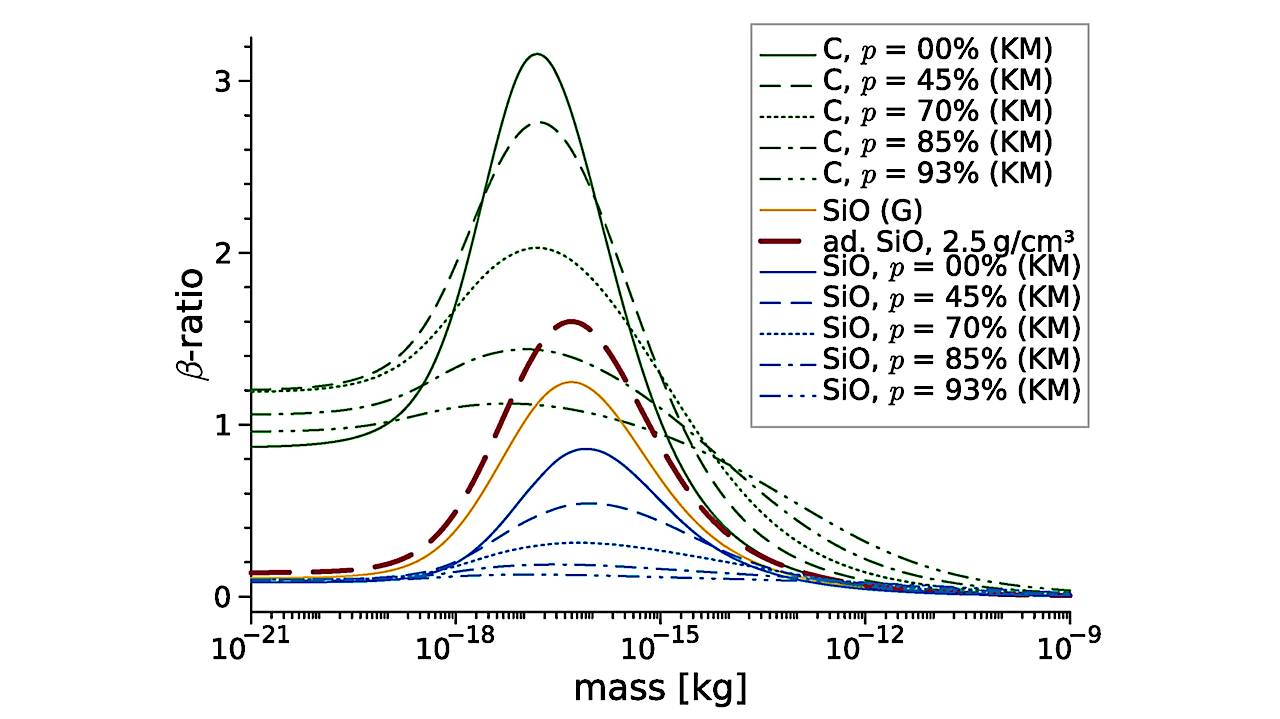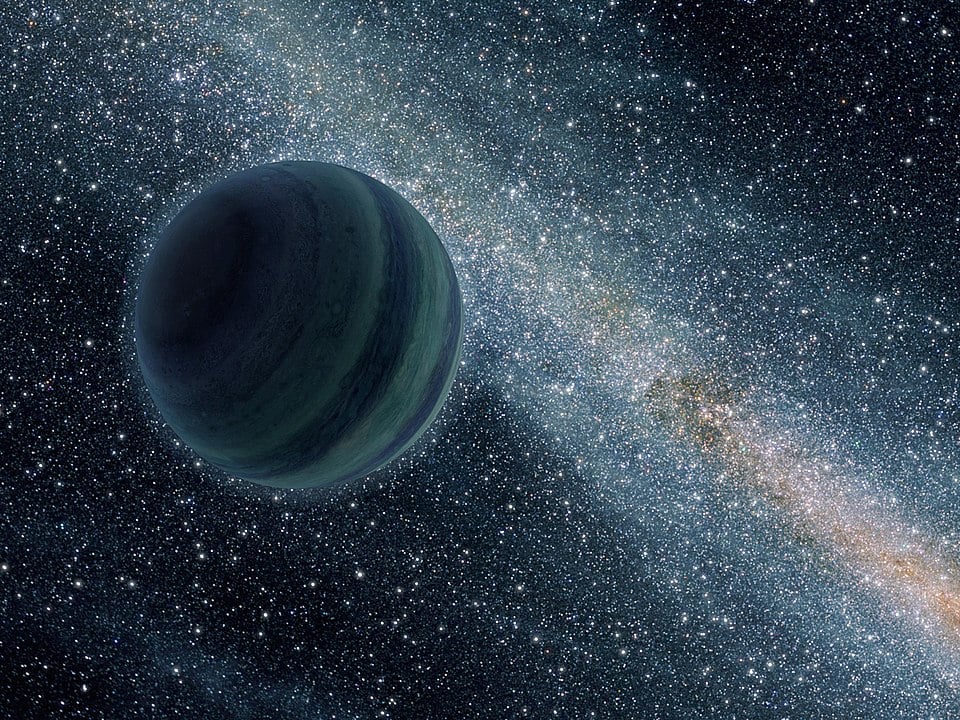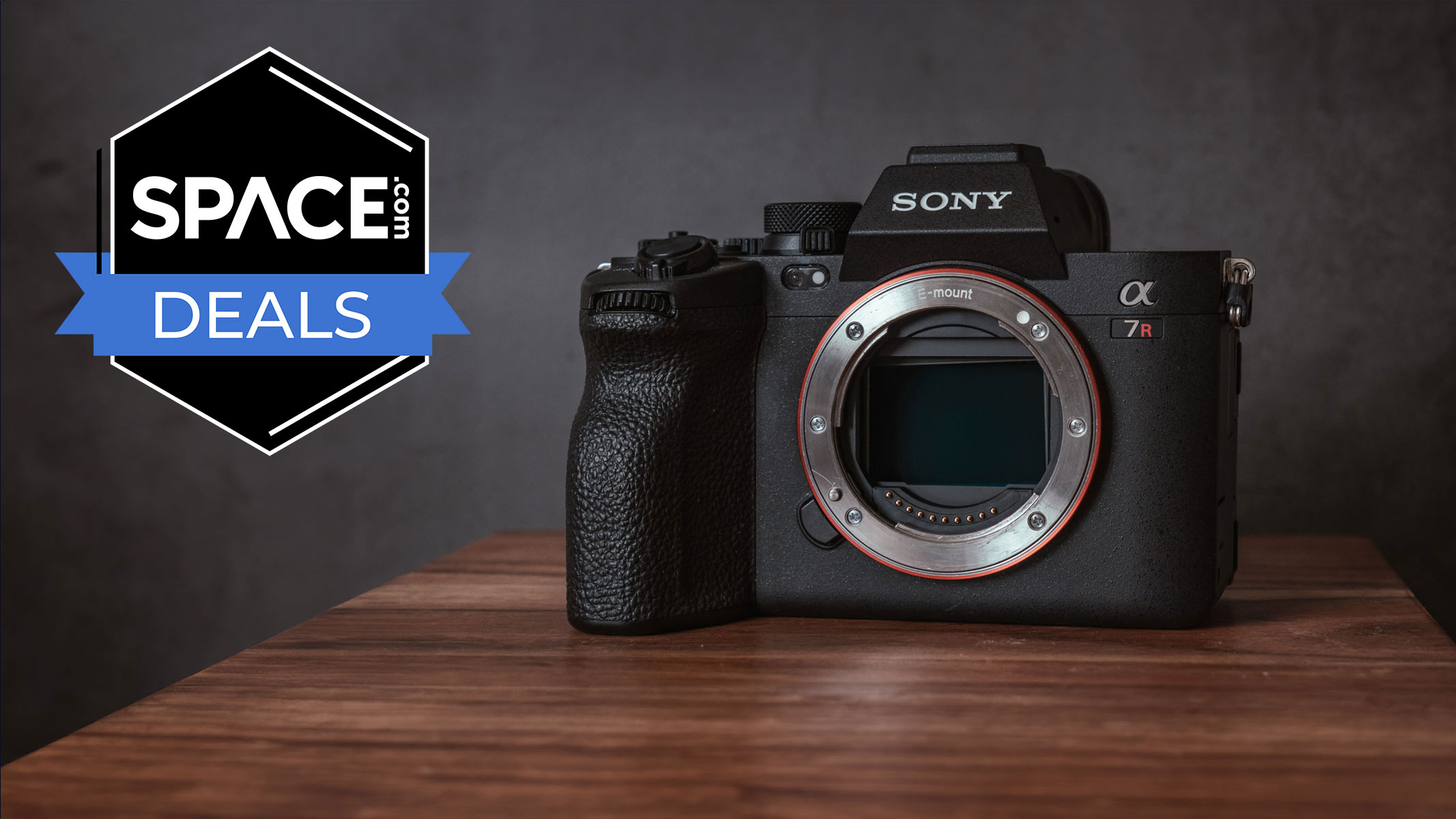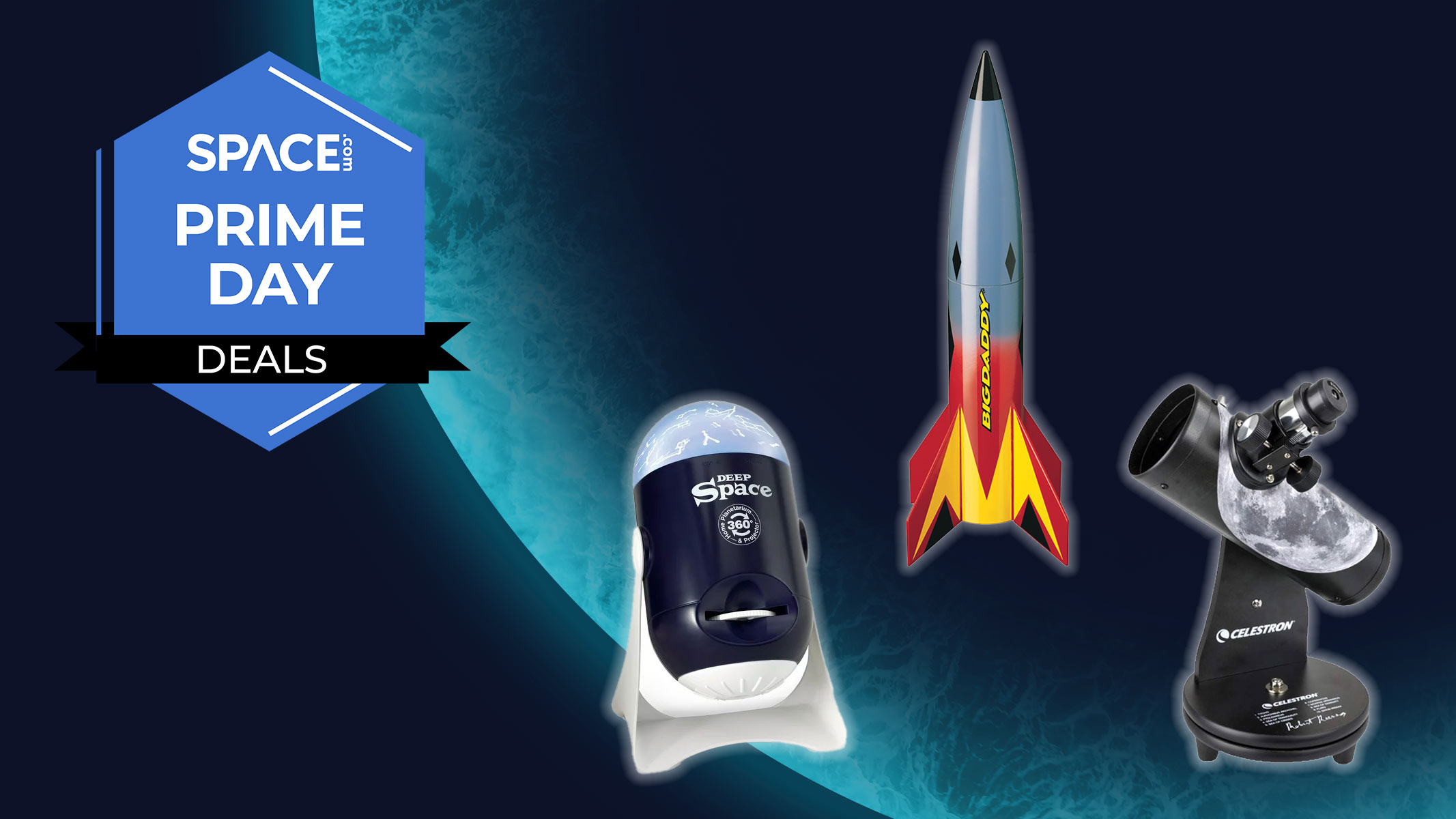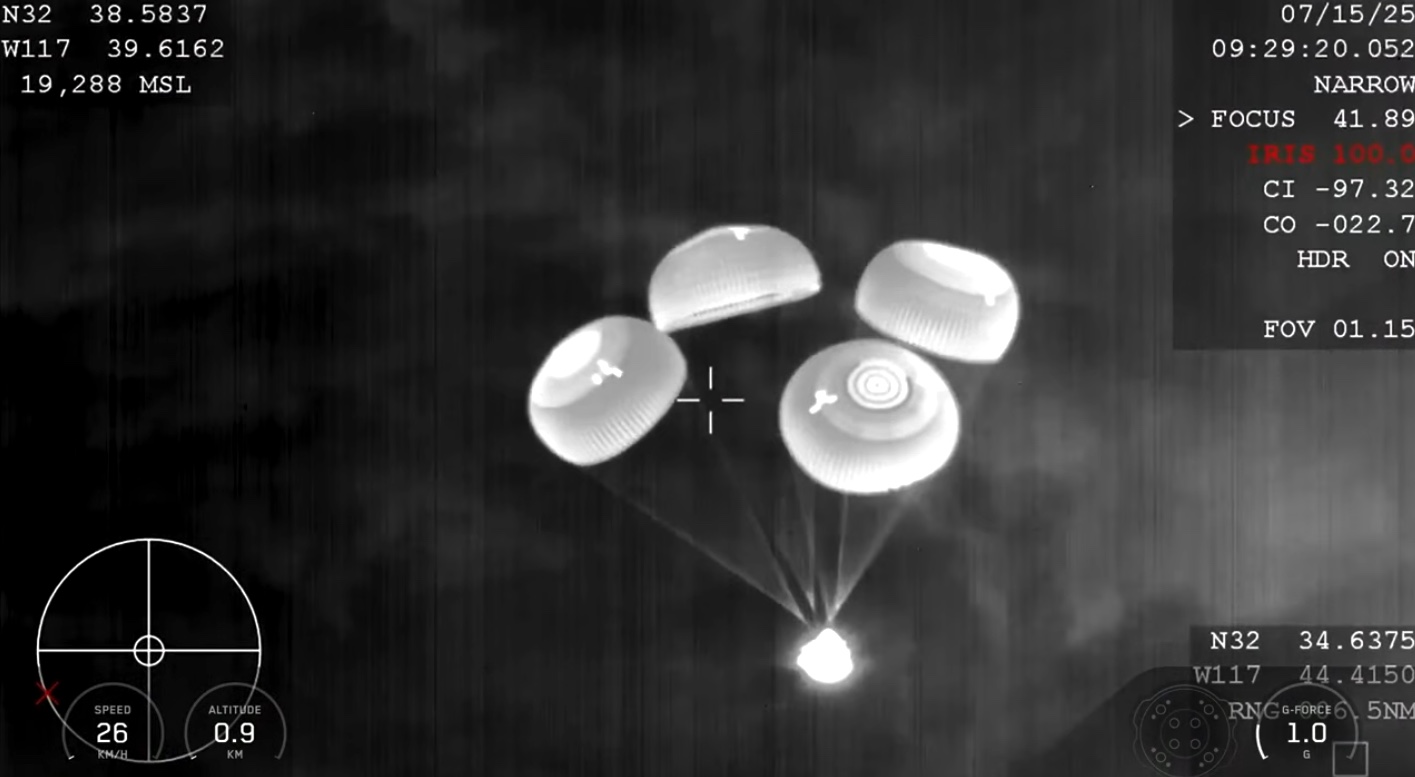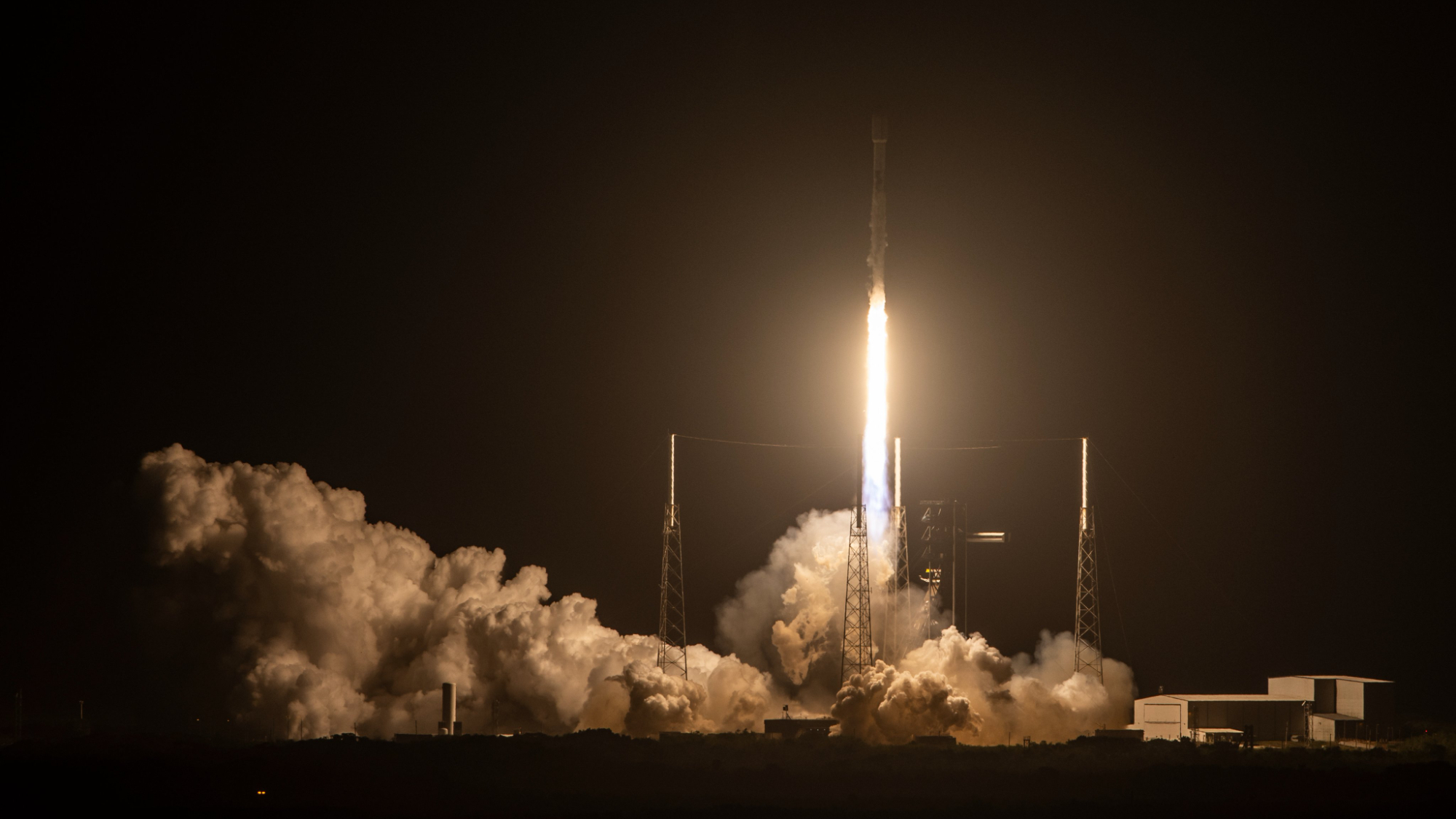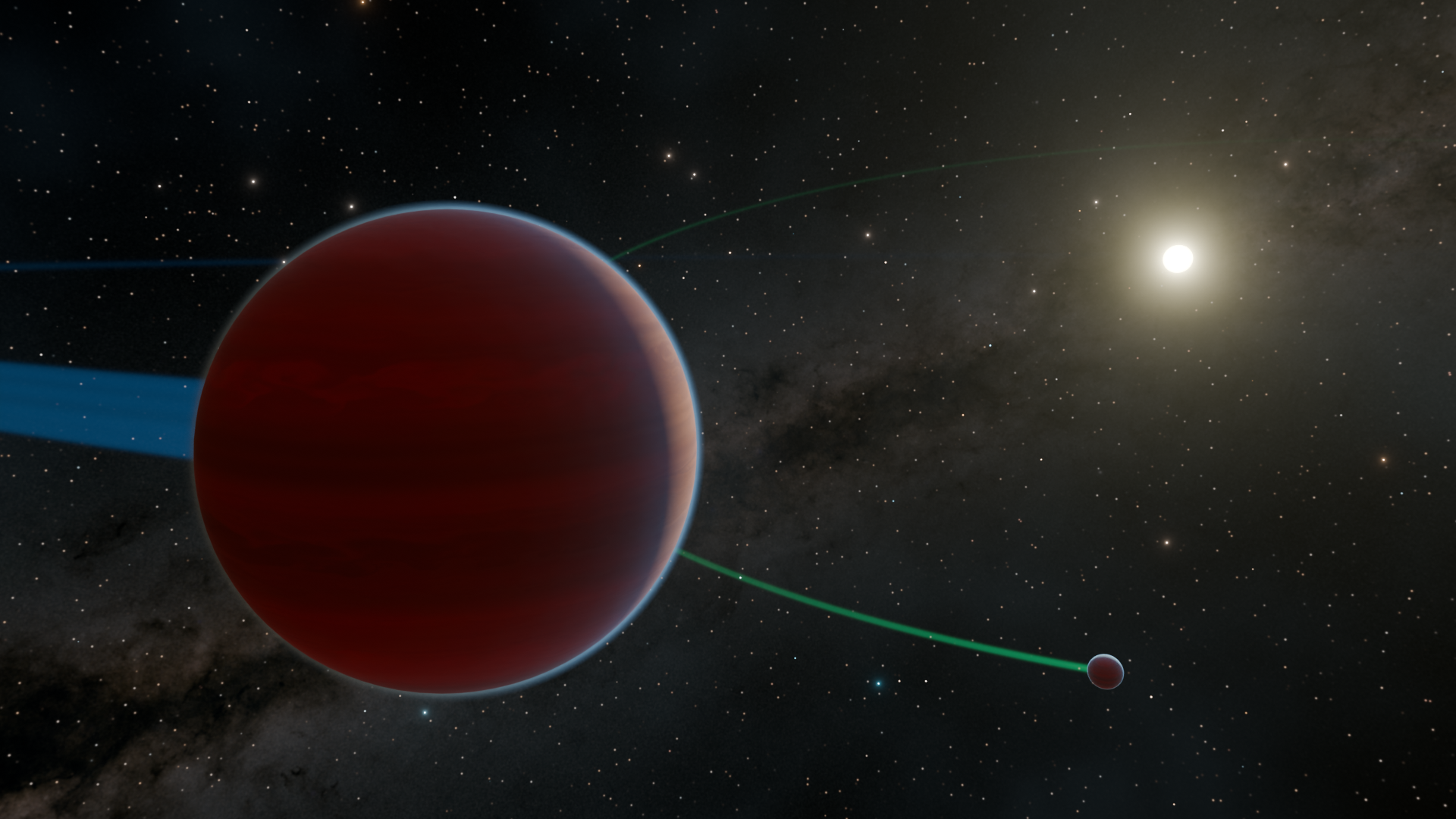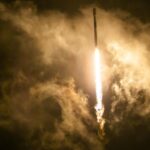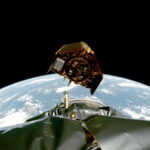β-curves for amorphous carbon (‘C’, green lines, Kimura & Mann 1999), astronomical silicates (“SiO”, solid gold line, Gustafson 1994; and blue lines, Kimura & Mann 1999), and adapted astronomical silicates
Hot Posts352- Page
Astronomers have made a breakthrough by using 25 year old Hubble images to investigate a potential “rogue planet” drifting through space without a host star. When a brief gravitational microlensing
The rapid rise in global rocket launches could slow the recovery of the vital ozone layer, says Sandro Vattioni. The problem is being underestimated—yet it could be mitigated by forward-looking,
Since the discovery of planetary nebulae in the late 1700s, astronomers have learned that these expanding shells of glowing gas expelled by low-intermediate mass stars late in their lives can
LUNAA Journeys (St. LUcia National Astronomy Association) is looking to address an all too common problem in the global astronomical community. Too often, participation in astronomy is seen as cost
You can capture the Perseids on August 12 with one of the best cameras, the Sony A7R V, now $1000 off at Walmart. In our Sony A7R V review, we
If you’re looking for the best space tech deals this Fourth of July and ahead of Amazon Prime Day, you’re in the right place. We’ve rounded up worthwhile discounts across
WASHINGTON — A SpaceX Crew Dragon spacecraft safely splashed down off the California coast early July 15, wrapping up a nearly three-week private astronaut mission to the International Space Station.
SpaceX plans to launch the third batch of satellites for Amazon’s Project Kuiper broadband megaconstellation early on Wednesday morning (July 16), and you can watch the action live. A Falcon
This artist’s concept animation shows the orbital dynamics of KOI-134 system which, in 2025, a paper revealed to have two planets: KOI-134 b and KOI-134 c. NASA/JPL-Caltech/K. Miller (Caltech/IPAC) The
-
 012024 in Review: Highlights from NASA in Silicon Valley
012024 in Review: Highlights from NASA in Silicon Valley -
 02Panasonic Leica Summilux DG 15mm f/1.7 ASPH review
02Panasonic Leica Summilux DG 15mm f/1.7 ASPH review -
 03How New NASA, India Earth Satellite NISAR Will See Earth
03How New NASA, India Earth Satellite NISAR Will See Earth -
 04And Thus Begins A New Year For Life On Earth
04And Thus Begins A New Year For Life On Earth -
 05Astronomy Activation Ambassadors: A New Era
05Astronomy Activation Ambassadors: A New Era -
06SpaceX launch surge helps set new global launch record in 2024
-
 07Space Force plans new ‘Futures Command’ amid pressure to speed up modernization
07Space Force plans new ‘Futures Command’ amid pressure to speed up modernization


